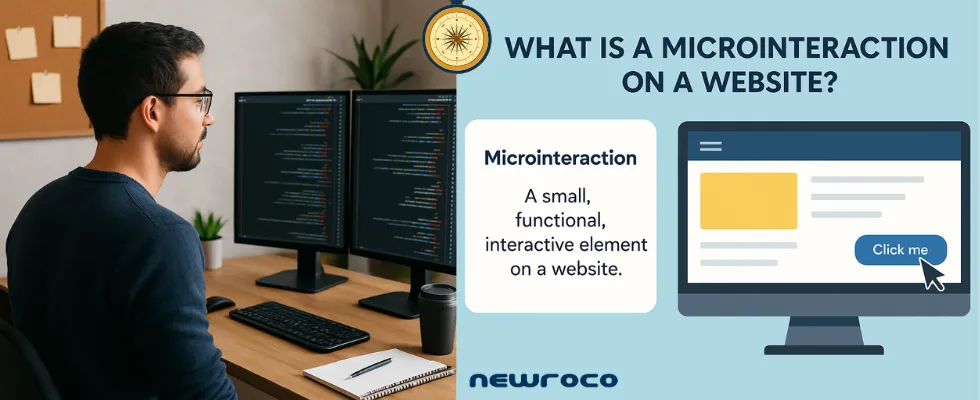
Why do microinteractions matter more than you think today?
Definition: A microinteraction is a small and functional animation or response that happens when a user interacts with an element present on a website or application. That tiny feedback is important.
Why? Well, when a button changes color when clicked, a heart icon fills when liked, a password field shakes when an error occurs, and it shows the user you took the extra mile to reel him in with less effort than usual.
Tiny feedback, big impact. Long-term charm.
When done right, these microinteractions make the whole experience feel alive. Make them short and subtle, but meaningful.

Why do they matter?
Microinteractions bridge the gap between user interaction and system reaction. They offer valuable intel on user use of your website or application.
They have the unique capacity to tell people:
1. The click worked.
2. We received the input.
3. Something else is happening. That is so cool.
In today’s digital landscape, attention is mandatory. Keep it, treasure it, and do not lose it. Subtle interventions in the user experience create a unique sense of flow and trust.
In a nutshell:
A good microinteraction offers instant feedback with emotional connection and usability clarity.
Web developers and designers consider microinteractions useful due to their capacity to improve UX understanding, create emotional engagement, reinforce brand awareness, and optimize interaction.
Users see exactly what is happening.
Microinteractions add personality and charm to the website. Appeal to smooth animations to reflect professionalism and that you care to go the extra mile.
Things to consider before implementing microinteractions
Don’t overdo it. Keep things subtle. You don’t want to distract your visitors. Make them functional, with clear purposes. Ensure the microintensions are fast, ideally under 400 ms.
What should you take from this article?
Microinteractions seem to resemble punctuation marks of a creative and useful design. You can use them to turn static interfaces into human experiences. Users are guided and feel right at home. Users notice them lightly and remember them during their use.